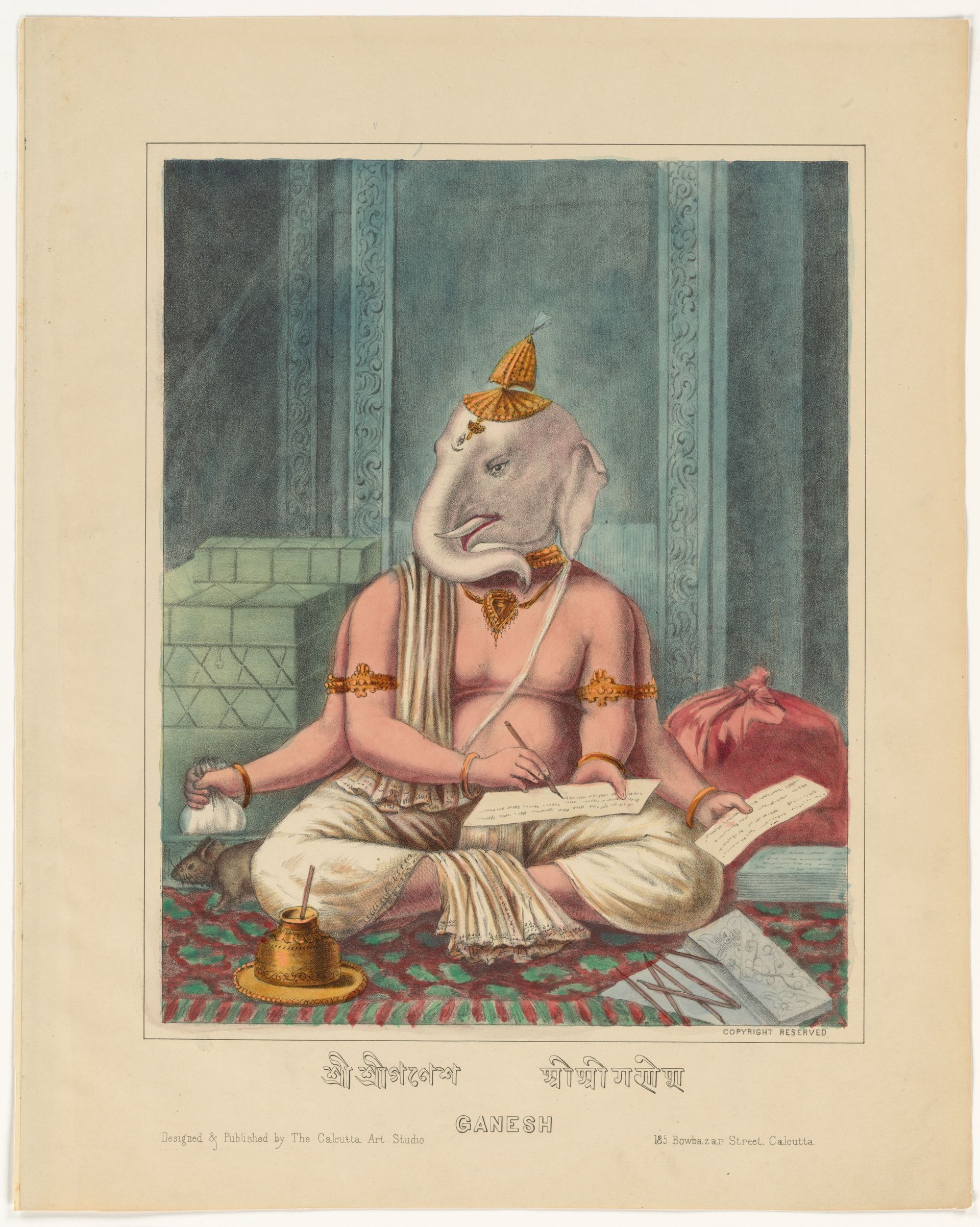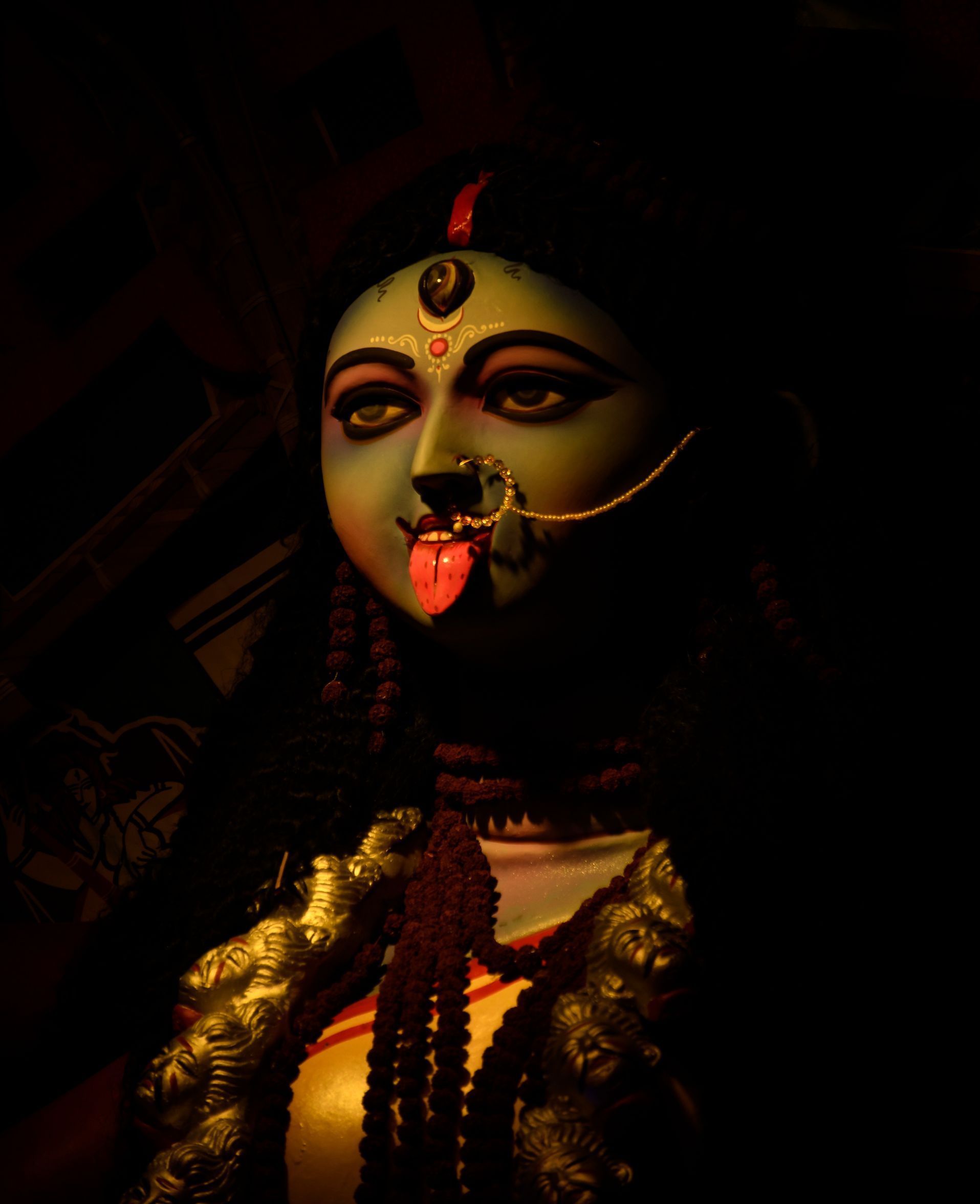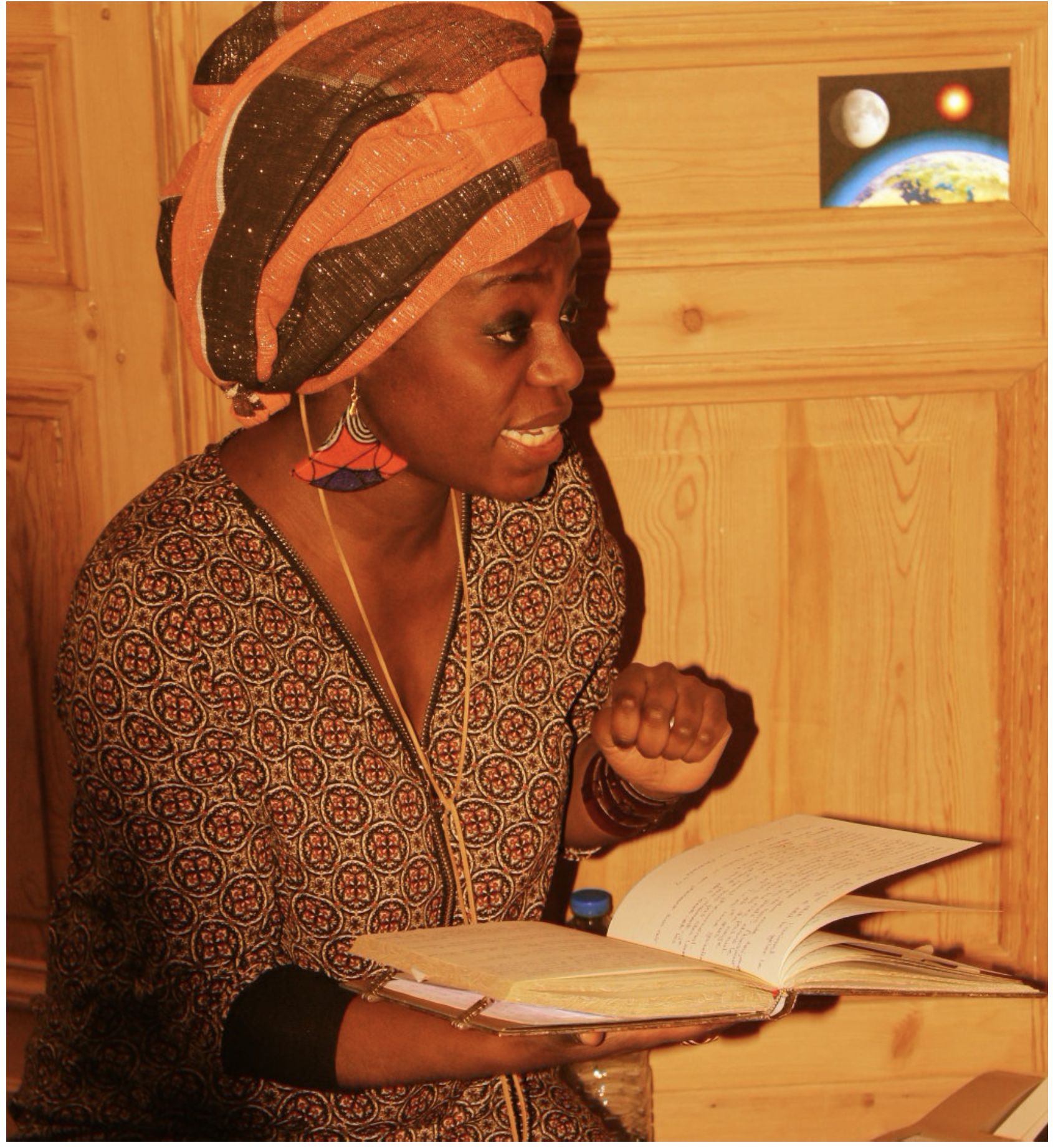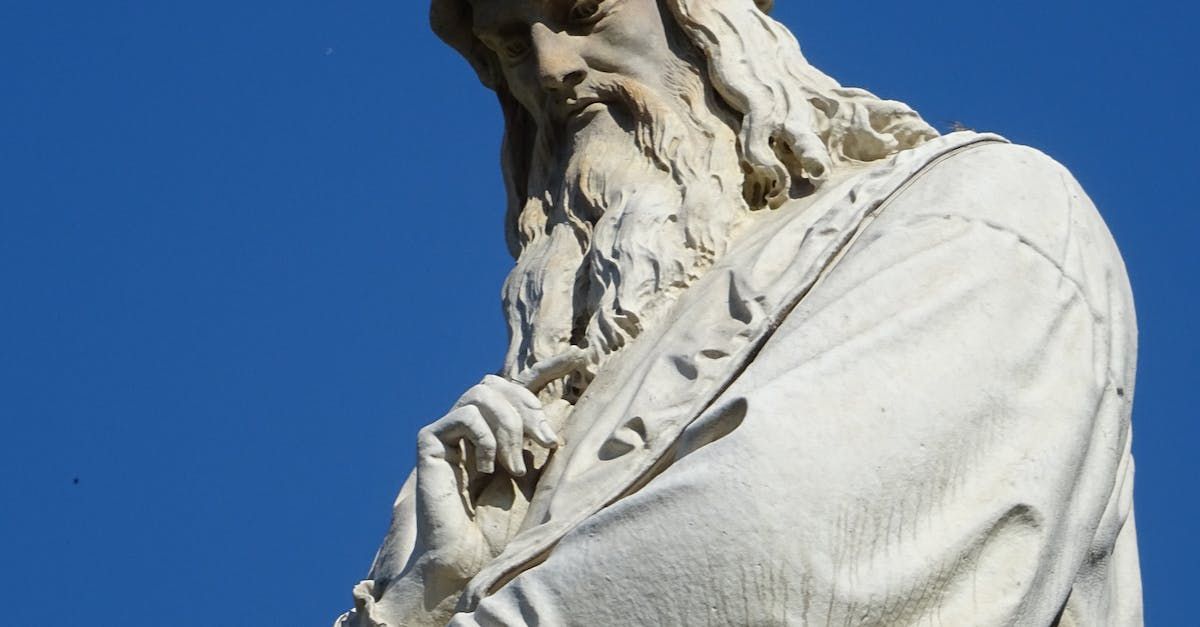Murielle Mobengo is a Poet, storyteller and editor-in-chief at Revue {R}. She writes about Poets and Artists' lives, creativity as a sacred experience, the suspicious proximity of reality with mythology, and philosophy.
MYTHOS | The Lemurian Scrolls, The Last Mythology?
Murielle Mobengo • oct. 10, 2020
MYTHOS
Updated 07/19/2021
A tale of time, timelessness and beyond
Long vigils were kept by us, sitting on the inside of the wall. This wall had holes in it through which we spoke when inspired. Many philosophical truths, prophecies and practical advice were disseminated through these holes in the wall, and if no one was there we spoke to the wind.
Satguru Sivaya Subramuniyaswami,
Lemurian Scrolls, 1974
The epic journey of the soul
Much more than a new mythology, the Lemurian Scrolls recount an intriguing and unique cosmogony. Reflecting on them brings back tenderness within ourselves and allows us to be at peace with these stranger times we are going through, the elements, planet Earth and all living things. Settle down in a quiet place, wrap yourself in a cozy blanket while you sip a warm drink and...
Travel was part of my early childhood, but not any kind of travel. My parents didn't travel to discover the world, to seek the intoxication of the unknown, or to distract themselves from a life cluttered with things and business appointments. Every year, my father, a convinced atheist and surgeon would leave Europe to participate in a ritual and animist dance 3,000 miles away. He knew such regular, mysterious appeal to fuse with the wild was ambiguous, wonderful, and contradicted his rational self.
But Mob did not apologize. Rather, he mocked my mother's Catholic bondieuseries, her novenas to non-existent messiahs. Why not? Because
the muddy plains and cracked red earth,
the silver-haired marmosets,
the ngando
(caimans) of my father's native village,
locked in the Congolese rainforest,
on the overabundant catfish banks
of the Ubangi River
had a soul,
for real.
What happened to the animist in each of us?
Ambiguity comes from our dual perception of time and space. Now everybody in the West questions western values, a cause for celebration and a sign of perception refinement. Our intellect has been acting out, kept itself extremely busy conquering minds and the planet and is perhaps exhausted, or terrified of how much ugliness materialism produces. The West is becoming an introvert, an observer instead of a doer. Joy, oh joy.
What happened to the animist in each of us?
The worshiper of cows, elephants, and fragrant mystery? Where is (s)he hiding? Are they happy in their cubicle or gymnasium-temple, sorting piles of myth and reality, carving their body into perfection to deceive death?
How can we ignore our need for a drastic transformation? Is it pure madness or irreverence for our own lives? We, the richest, mold the planet at will. We, the smartest, masters of the outer, slaves of each other.
Once a mother, now a stockpile
Earth, a giant and uncivilized pebble suspended in space is also our slave, a stockpile. Marvelous scientific research, prowess in technology and shady theories on everything confirm our status as sapiens sapiens, the one who knows things twice. But previously on humanity’s season, a tiny life form set out to prove twice is not enough.
Sapiens sapiens is not only cognizant, but also, the genius storyteller who does not borrow knowledge from anywhere but her heart. Sapiens sapiens can perceive other worlds with a secret eye, like William Blake, and create cosmogonies, empowered by the source of all stories herself.
Mythology is meta-history or prime-history, a discourse about the Self and her agitated dance with existence; a collective story in extravagances from which technological innovations, literature, art, and religion spring.
If you love and work with symbols as any Poet, you know mythology appears
whimsy and codes our complex, subtle lives in eerie forms to celebrate us.
For how can we express the violence of time passing us by, the sweetness of our conscious experience without lavish metaphors?
“and the inevitable damage healed which occurred as their soul tumbled and turned, rolled and churned through the births and deaths of the reentries and exits in and out of the bodies of flesh.”
A new mythology, a meditative cosmogony
The Lemurian Scrolls are poetic, evocative, mysterious, and enlightening. The time has come to read this dense book and travel through all the stages of bewilderment and contemplation.
While I am lucky to participate in its translation/elucidation in French, reading the Scrolls in English can be challenging. Go past the challenge, the convoluted sentences, the jargon and laugh, reflect, envision, watch this cosmic opera with your mind's eye, relate, and maybe cry.
After all, you wouldn't be the first. A Hindu legend says that Shiva himself, the supreme godhead, cried over humanity's destiny.
In this new issue of {R} #2, I will use my voice more often to be the vessel of the story.
A storyteller never explains anything, doesn't make exegesis, literary commentary or political discourses. She lets the story speak through her and whisper its little music. She allows impersonal words to delight listeners or to strike a sad chord in their hearts, the place both metaphoric and biological where our soul resides.
While we are worried for Mother Earth and we should worry for ourselves, the Poet says: the metaphorical heart is the solution. The metaphorical heart is the problem. Ignoring the rational and subtle in us means Earth, the fire planet, is a pebble suspended in space. Not our home. Not home of our ancestors. Not the place any animal, sapiens or not, should feel safe.
If Gaia is a commodity, "a there," so are we. Don't worry. This second opus of {R} will neither comment on the IPCC report as it is self-explanatory, nor write about the extinction of our brother mammals.
Revue {R} won't criticize capitalism either, nor voice a natural contempt for greed degrading our collective and individual intelligence.
Revue {R}évolution will use my voice to tell you a story in words channeled a long, long time ago, in spoken sound and image.
Dear reader: As a Poet, my mission is to kindle intensity, open a door somewhere in your heart.
Tune in to our
mini-radio
on The Lemurian Scrolls, or download new podcast episodes
on Spotify
if you speak/love French.
Read the Scrolls in English
here. Share them with your loved and unloved ones. Share them with yourself.
I am thankful to the Himalayan Academy, on the ancient and new land of Mu (Hawaii), for allowing us to spread such a piece of Sattvic
Wisdom. Un pléonasme.
Happy listening (or remembering)
New Paragraph
Who is Satguru Sivayasubramuniyaswami?
For Hindus, nothing, no one ever dies, except the transient. This New York Times' piece gives facts about the life of this extraordinary (im-)personality you may appreciate.
The Lemurian Scrolls are the non-transient about him, along with his poetic, yet straight-forward philosophy
Connect with the Himalayan Academy
Revue {R}évolution

par David Capps & Murielle Mobengo
•
06 avr., 2024
Cet entretien limpide avec David Capps, philosophe et poète auteur de "Silence Divine", a renouvelé ma foi d'éditrice. Oui, dans le noir, il y a encore des perles lumineuses (et rares, donc). En pensée et Parole claires, nous avons traversé bien des contrées obscures. Des vertus créatrices du griffonnage aux sempiternelles questions du génie et de la séparation entre l'homme et l'artiste, nous sommes passés par l'importance de la tradition en philosophie et en littérature. Chemin faisant...

par David Capps & Murielle Mobengo
•
06 avr., 2024
In the midst of 30 podcast episodes and the hum of my own thoughts, I rediscovered the joy of engaging in lofty conversation. Joining philosopher David Capps in dialogue renewed my editor’s faith in discovering rare pearls amidst the chatter. Our discussion ranged from the unexpected creative value of doodling to the perennial questions of genius, distinguishing the human from the artist, and the importance of tradition in thinking and writing.

03 avr., 2024
Myra Dunoyer Vahighene emerges as a visionary storyteller and fervent advocate for Africa, driven by an unwavering determination to unveil its rich cultural and historical tapestry. Beyond mere activism, Myra's eclectic journey serves as both a challenge and an inspiration, prompting us to reevaluate our own notions of success and self-worth—a cornerstone of the artist's persona.

par Myra Dunoyer Vahighene & Murielle Mobengo
•
03 avr., 2024
Ambassadrice énamourée de l'Afrique et conteuse visonnaire, Myra Dunoyer Vahighene est déterminée à révéler toute la richesse culturelle et historique de ce beau continent. Par delà-l’engagement militant, son parcours éclectique interpelle, inspire, et questionne notre propre rapport à la réussite et à l’estime de soi, composante fondamentale de la personnalité de l’artiste.

par Murielle Mobengo
•
30 janv., 2024
Should poets write dedications today, or is it an outdated practice, a relic of the past, an archaism? The answer does not revolve around their perceived obsolescence. These ancient texts, enriched with dedications, have transcended time, becoming literary and spiritual canons. Those of us fortunate enough to have received an education in classical and religious literature still marvel at them.

par Murielle Mobengo
•
11 janv., 2024
The recurring juxtaposition of creativity, often associated with order (a nod to Kant), and mental illness raises concerns, in my opinion, and proves quite surprising. It is plausible that many scientists researching creativity, lacking a genuine creative inclination themselves, view it as an enigmatic internal phenomenon, thereby making a spectacle of it.

par Jiddu Krishnamurti (Quote)
•
06 janv., 2024
«I am asking the question. Please answer it for yourself first. It is very important to find that out because there is so little beauty in our daily life. Ask yourself, enquire very deeply what is this word used by poets, painters, and sculptors, and you are asking yourself now, what is this quality of beauty.»

par Murielle Mobengo
•
06 janv., 2024
Aux portes de l’Europe et de l’Orient, la guerre, barbarie totale, nous menace tous d’anéantissement. Une autre guerre plus discrète se joue dans nos esprits, cependant. Traditions, langues et cultures ancestrales se dégradent sous les assauts d’une modernité sans projet, une modernité dont le but est de tout cloisonner, de tout dé(const)ruire. Face à ce casus belli total, Revue Révolution invoque la Beauté toute-puissante, éternelle, l’expression mystique de l’effacement de soi devant plus grand que soi.







